Last Train Home review: a ride strategy fans definitely don’t want to miss

“And then everything got worse” is a popular and very much oversimplified summary of Russian history, but there’s an undeniable kernel of truth to the saying. Last Train Home has you ride right through one of those periods of upheaval when things got decidedly worse. World War 1 ending on the eastern front did not bring an end to fighting for Russia, which now found itself embroiled in a civil war between the Bolsheviks’ Red Army and the anti-Bolshevik White Army.
Russians weren’t the only ones caught up in this conflict, which is where the story of Last Train Home kicks in. You play as a group of Czechoslovakian soldiers trying to get out of the country that started to tear itself apart. They can’t go west, because their own country is still at war with the Central Powers, so they head east to be evacuated via the Pacific Ocean – and so they take an armored train to ride all the way from west of the Ural to Vladivostok, a journey of several thousand miles.
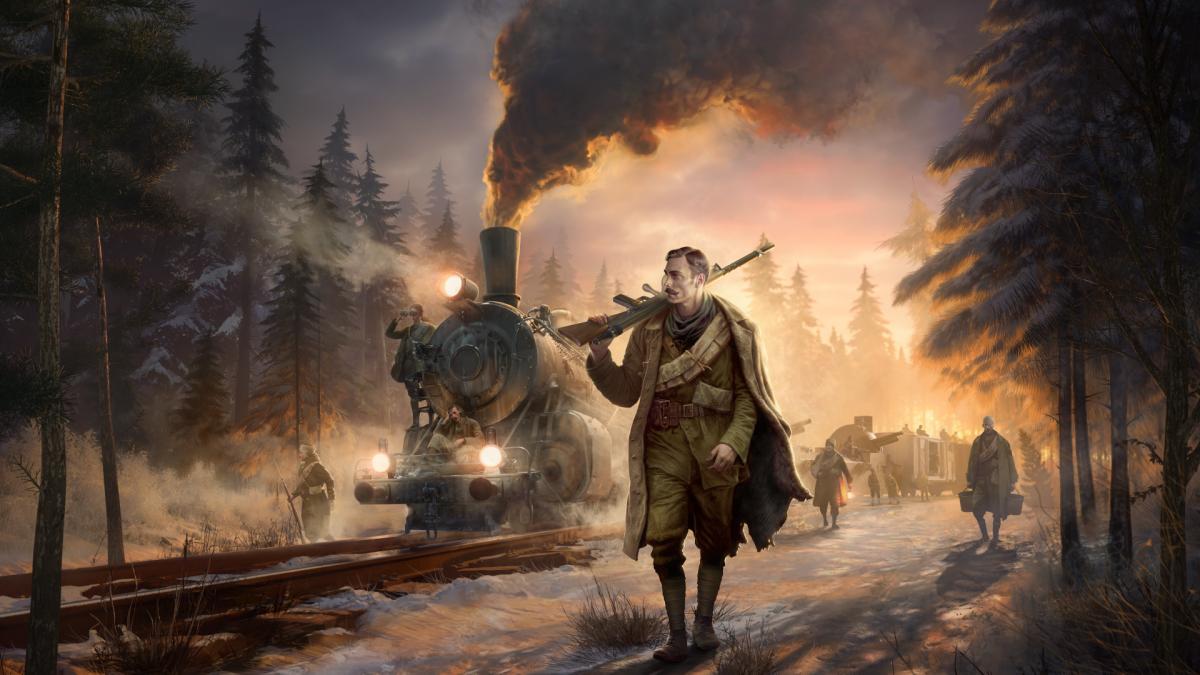
While not claiming to depict events exactly as they happened, Last Train Home is inspired by the actual experiences of these Czechoslovakian legionaries. Playing the game, you can really feel that it was important to the developers, who are based in the Czech Republic, to portray these experiences in an authentic manner. They included an immersive audio option that presents all the in-mission chatter between soldiers in Czech, Slovak, and Russian. Granted, that makes it harder to follow, because playing RTS games and reading text boxes at the same time is hard, but it’s doing a fantastic job at keeping the experience authentic.
Since we’re onto the very exciting topic of options menus: Hotkeys are fully rebindable in this game, there are several FPS limits you can lock in (or unlock them fully), and support for both DLSS and FSR is present – on a technical level, Last Train Home is very well put together and it gave me not a single piece of trouble. There are plenty of nice difficulty settings as well, which allow you to customize your experience to cater more towards your taste. You can make the strategic layer, i.e. managing your train and troops, easier or more difficult independently from the tactical layer, i.e. the RTS combat, or vice versa. Sliders for things like resource consumption and damage modifiers can further alter the experience. This is good stuff. Like I said: exciting!
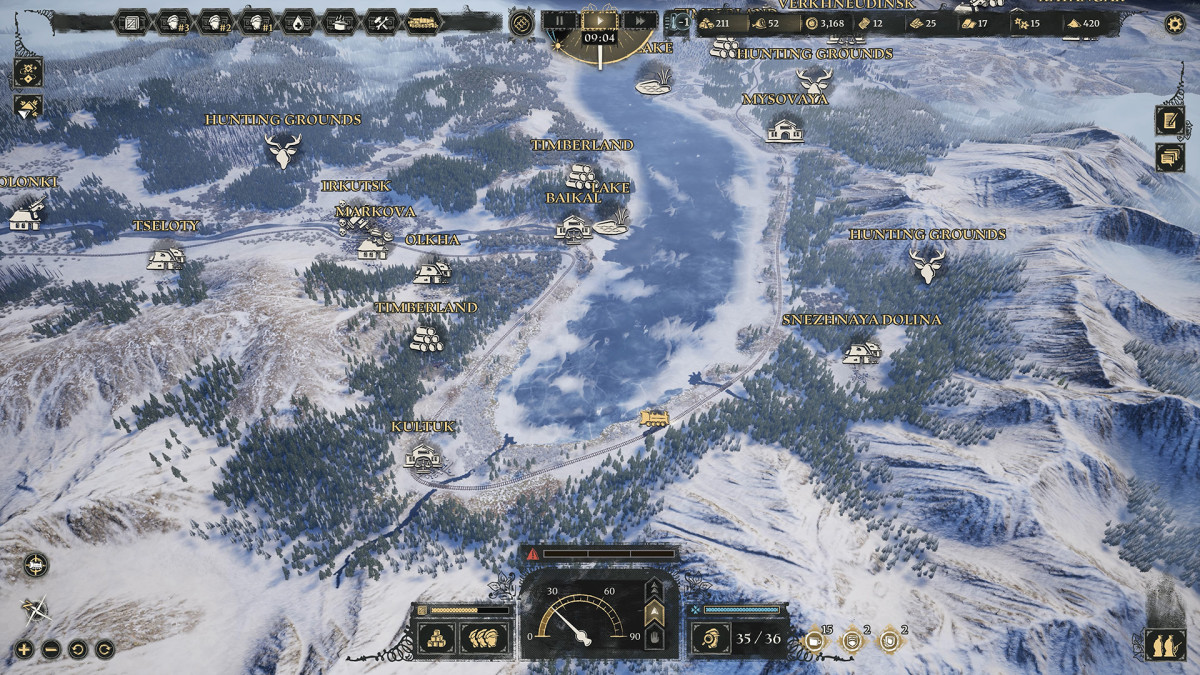
As I just mentioned, Last Train Home has two layers: strategic and tactical. The first has you manage your train and troops as you steadily move across an overworld map of Russia, kind of how Mount & Blade does it. Your train requires fuel to move, needs to be maintained, and can be upgraded with additional functions, so you need to collect resources as you travel. The same goes for your troops, who need food, medicinal supplies, and ammunition. You pass merchants along the way, which can offer you some of their stocks, but you can also salvage resources from points of interest on the map, to which you can send out squads of your troops.
Your Czechoslovakian legionaries are limited in number and each of them has their own skills and traits. There are combat classes like scout, rifleman, grenadier, and medic, which all offer different abilities and uses in battle. Scouts, for example, have binoculars that can reveal an area in the fog of war, while riflemen can charge enemies with their bayonet to overwhelm them. This is, of course, relevant on the tactical combat layer, to which we’ll get later.
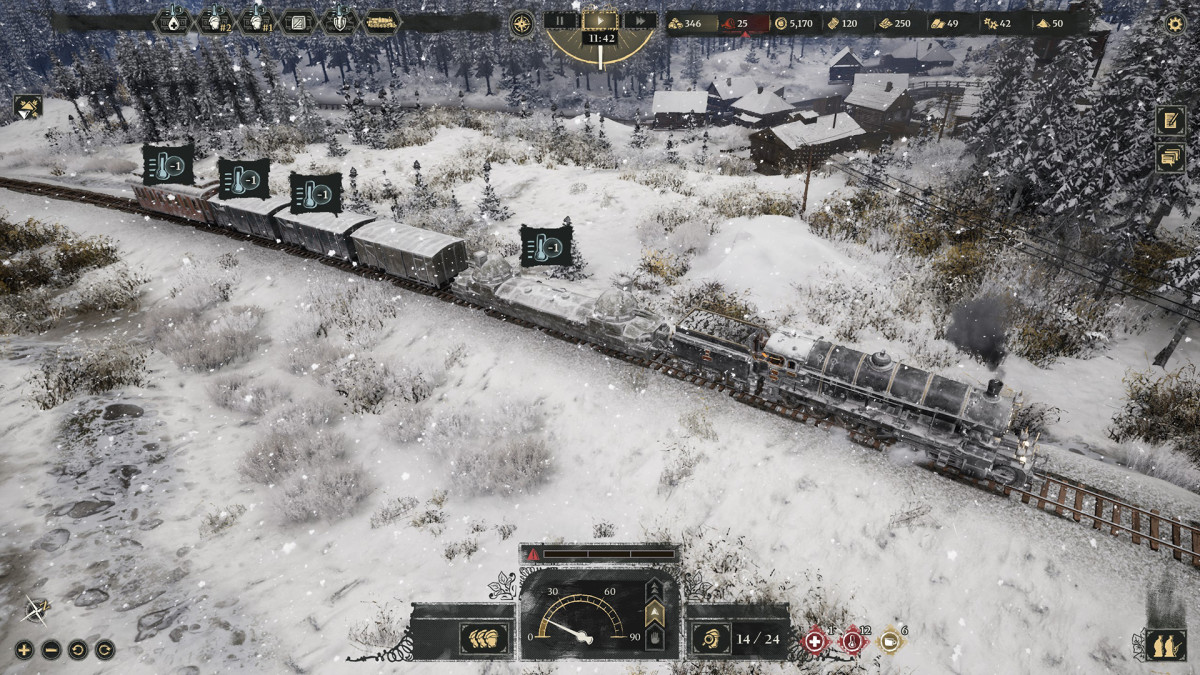
On the strategic level, their traits can offer benefits or drawbacks when resolving certain tasks. Someone with the Herbalist trait may find additional supplies when foraging in woods, for example, while other characters may be particularly useful during negotiations. In addition to a combat role, everyone also has a crew role to fill on the train, such as cook, doctor, or engineer. All of your soldiers level up over time, gaining attribute and skill points you can spend on them.
You actually need to manage a work schedule to ensure that your train is serviced 24/7 without overworking your people. Attrition is a massive danger in Last Train Home – that goes for your material as well as for your people. You may be able to recruit the sporadic survivor here or there, but you largely need to work with the men and women you pick up at the start. Every loss is one that hurts, as it increases the strain on everyone else and may leave you without the ability to fill a core function. Illnesses, wounds, and exertion take their toll on efficiency, so you really need to find time to let your people rest and recover.
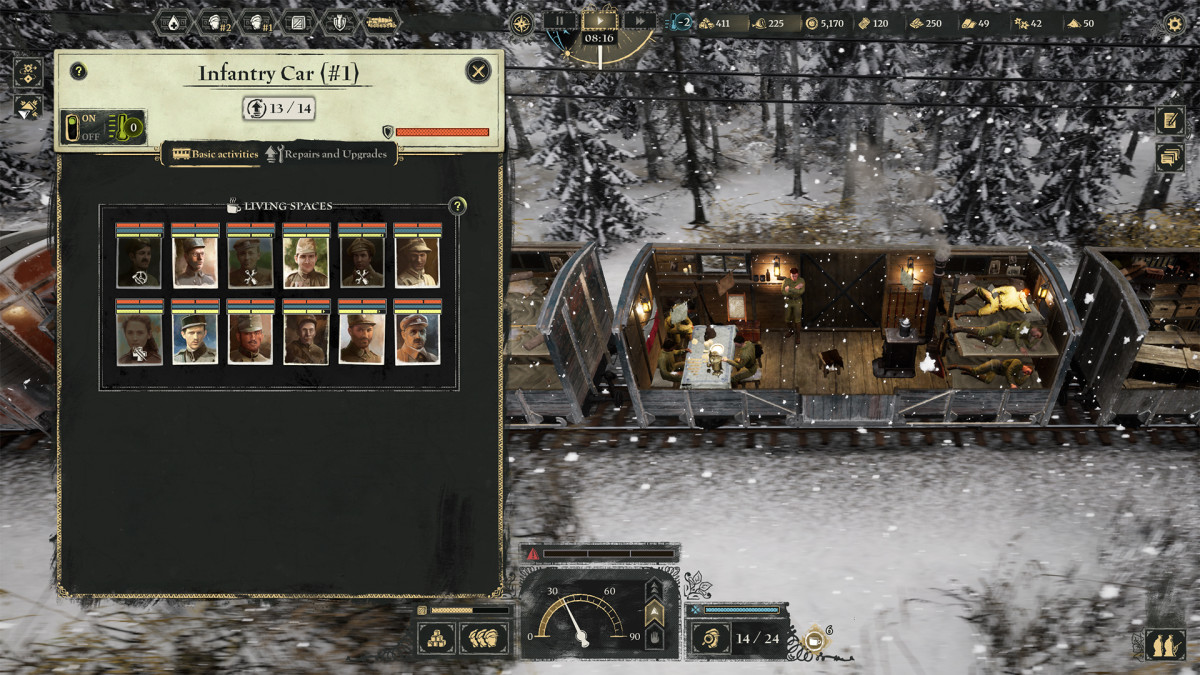
It doesn’t help that, as mentioned at the beginning, the entire country around you comes crashing down. The Bolsheviks in particular are portrayed as savage towards their own population, taking away resources and leaving people to starve as well as eradicating anyone they perceive to be a potential threat to their revolution – and that, naturally, includes the Czechoslovakian legionaries. Try as you might to avoid it, you’ll eventually get sucked into this conflict one way or another, and navigating the moral and practical dilemmas resulting from that is part of the game as well. This sense of dread and doom, the increasing scarcity of resources just as attrition starts to hit you as the game progresses is incredibly well done, adding to both the atmosphere and challenge of the game.
Things feel grounded, even when they veer into the make-believe world of video games – would soldiers traveling on a train really have the means to research better rifle scopes? Probably not. Can you really capture Russia’s gold reserves with a single squad of soldiers? Nah. But the title manages to integrate these less authentic systems and moments very well, never breaking the immersion it builds up.
This strategic layer is incredibly well made, so it’s doubly frustrating that the combat doesn’t quite live up to that. Now, it’s not bad by any means – you’re usually outnumbered and outgunned, so you need to use stealth and cunning to overcome the enemy, and that usually works. But the game is not necessarily giving you the right tools for this sort of gameplay. For example, there is a unified command that makes units move slowly as well as hold any attacks, which isn’t very flexible and leads to unhappy accidents and discovery by the enemy. I’d love to be able to toggle hold fire, hold melee attacks, and move slowly separately for more flexibility.
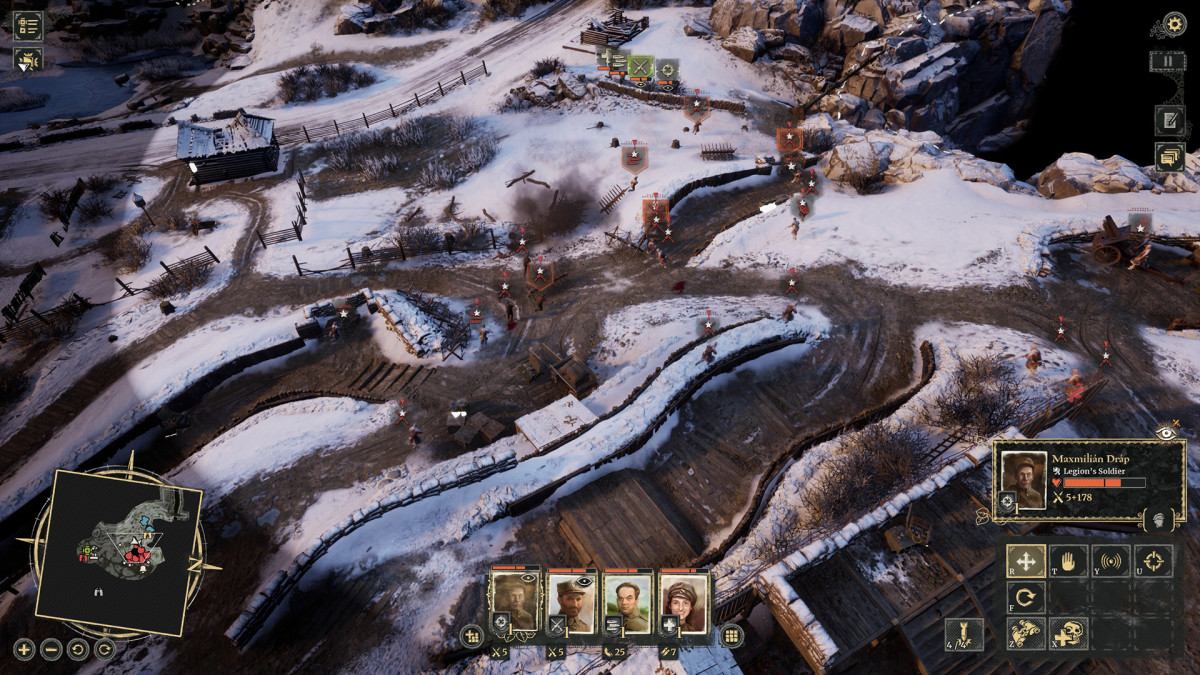
Some of the weapon and ability behavior is a bit baffling as well – for the aforementioned bayonet charge you don’t target an enemy, but an area on the ground, which leads to situations in which your rifleman goes after the wrong guy. Again, there is a lack of control here that’s a bit irritating. The enemy AI is mostly very merciful towards you, especially when it comes to being stealthy – it very quickly forgets that it just saw one of your soldiers sneak through its vision, going about its day committing atrocities.
Overall, the combat segments, which happen whenever you enter areas guarded by an enemy force and are sometimes scripted as important points in the story, are still intense and fun due to their close connection with the strategic layer – that soldier dying on a combat mission won’t be magically resurrected on your train. They’re gone for good.
It’s this fantastic interweaving of the strategic and tactical layers that makes Last Train Home such an enjoyable ride in combination with the loving eye for authenticity and immersion.
Score: 8/10
- Gameplay: 9/10
- Visuals: 7/10
- Story: 8/10
- Performance: 9/10
Version tested: PC.
